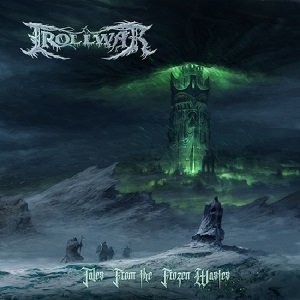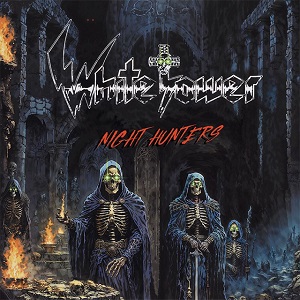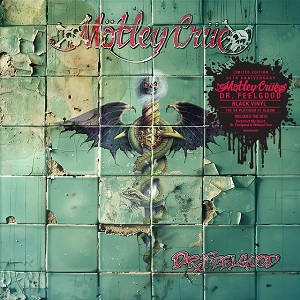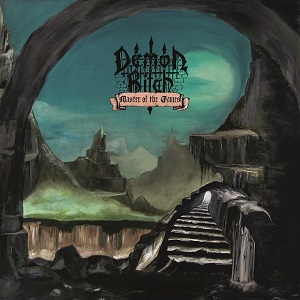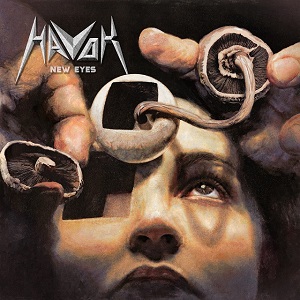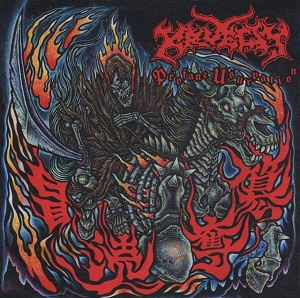GHOST Frontman TOBIAS FORGE Discusses Path To Satanism With Psychology Today - "The Idea Of The Devil And The Idea Of Dark Powers From Beyond Is A Very Interesting Thought For A 12-Year-Old Who Wants To Lose His Virginity"
December 14, 2018, 6 years ago

In a new feature at Psychology Today, Michael Friedman Ph.D. reveals that for Tobias Forge, the lead singer and songwriter of the Grammy-nominated band Ghost, Satan came to represent a symbol of a rebellious libertarian-style individuality and non-conformity. As such, Forge sees his path to Satanism as a celebration rather than a condemnation of his humanity. An excerpt from the feature follows:
To understand Forge’s journey to Satanism, it is important to consider what appears to make him tick - a seemingly non-stop lust for imagination, exploration, and creativity. And perhaps just as Satan was considered by many to be the highest of all angels in heaven, so Forge was initially in awe of Christianity as a spiritual vehicle.
Forge explained how his mother was instrumental in fostering his open-minded approach to the world. “My mom is very liberal. She has never been religious … spiritual but not religious. However, she worked in art, and had a very avid interest in art and culture. So she presented church to me as more of an archeological or more museum-like institution … more from a historic perspective,” Forge says. “She took me to Paris for example. And in addition to going to the Louvre and seeing art, we definitely went to Notre Dame and places like that because it was part of the art experience. And I was always very in awe of … all of those churches … So from my mom’s side, that whole thing was very interesting and enthralling and very enticing. Religion was more of a fictional art explosion.”
One church in particular that inspired awe in Forge was the Linkoping Domkyrka. “Even in my hometown of Linkoping where I grew up … the Church we had was very lavish - very boasty. So it ticked most of the boxes of big imposing Christianity. And I love being there if I’m in town … because it’s just this haunting place,” Forge explained. “The walls are just whispering there - literally because people engraved things in the stone. It goes back to the 1700s when kids were in there for Bible school and you see someone engraving his name and it says something like ‘June 3rd, 1772.’ Seeing that when you were a kid was like, ‘Wow a message from ancient days.’"
Read more at Psychology Today.


